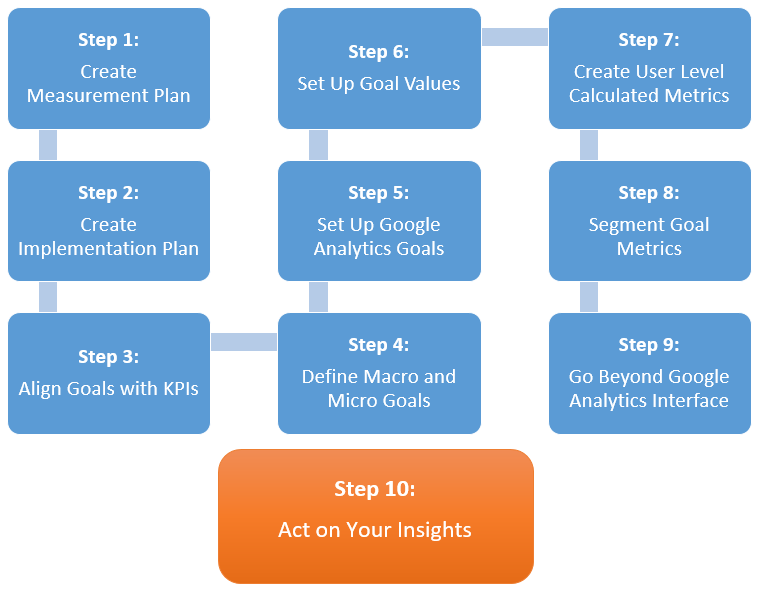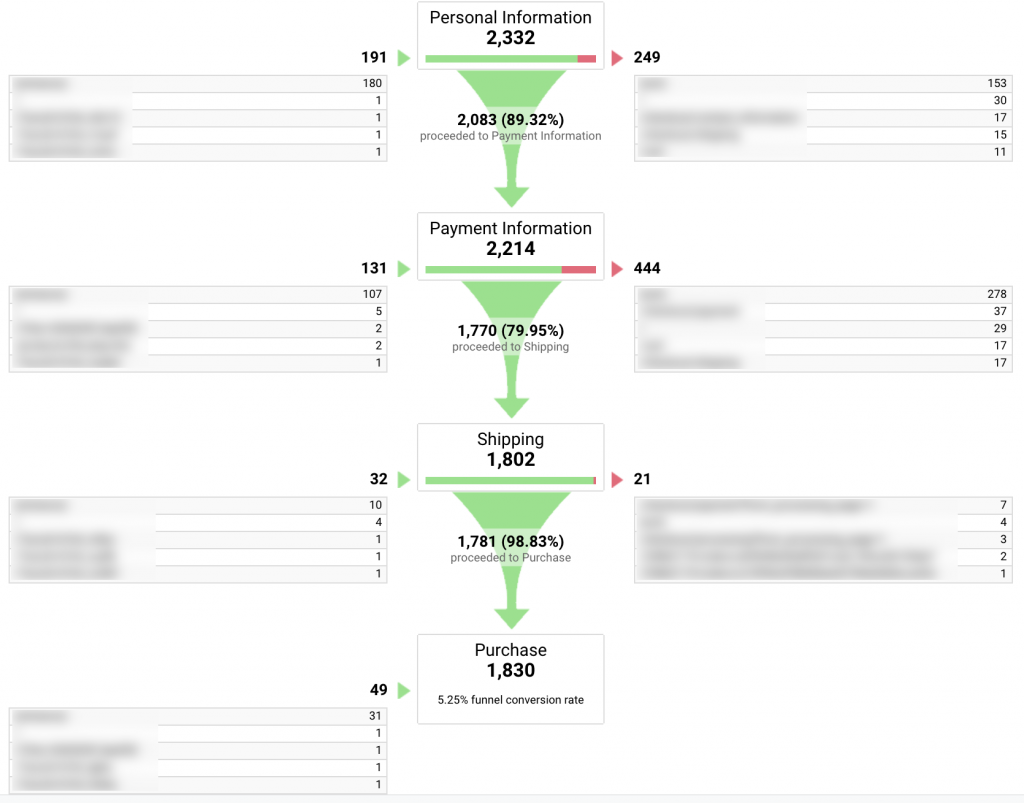Discover the Limitations of Google Analytics Goals: Introducing the Information Types That Remain Untrackable
As companies progressively count on data-driven decision-making, understanding the constraints of tools like Google Analytics becomes paramount. While Google Analytics Goals deal useful insights right into user interactions, there exist data types that thwart monitoring, posturing obstacles to a comprehensive understanding of user actions. These untrackable data kinds question regarding the precision and completeness of the analytics information that organizations heavily count upon for their digital methods. Interested to discover the hidden dead spots in your information analysis process?
Insufficient User Trip Tracking
Insufficient individual journey monitoring within Google Analytics can hinder the ability to precisely analyze user actions. When the customer trip is not completely tracked, there are gaps in the information that protect against an extensive understanding of exactly how users connect with a web site. This lack of understanding can bring about missed opportunities for optimization and enhancements to the customer experience.
One usual issue with incomplete customer journey tracking is the lack of ability to see the full path that individuals take before completing a goal or leaving the site. Without this information, it is testing to identify where customers may be encountering barriers or friction factors that avoid them from converting. Furthermore, incomplete monitoring can obscure the impact of certain marketing efforts or internet site changes on customer behavior.
To address this restriction, it is vital to establish proper tracking devices within Google Analytics to capture the entire user journey. This may include establishing event monitoring, goal funnels, or using devices like Google Tag Manager to guarantee that no essential communications go unrecorded. By acquiring a detailed view of the customer trip, site owners can make even more informed decisions to boost customer interaction and drive conversions.
Acknowledgment Challenges
Navigating through attribution challenges in Google Analytics needs an extensive understanding of exactly how various touchpoints add to the general conversion procedure. Acknowledgment obstacles emerge from the complexity of modern client journeys, where users engage with numerous networks before converting. Google Analytics provides numerous acknowledgment models like very first touch, last touch, and linear, each using a various perspective on just how credit scores is appointed to touchpoints along the conversion course. These versions may not constantly accurately reflect the real impact of each touchpoint on the conversion.
One common acknowledgment difficulty is the trouble in connecting conversions to the proper resource, specifically in cases where individuals communicate with several networks before converting. Additionally, cross-device tracking positions one more acknowledgment obstacle, as users often switch in between devices during their journey, making it testing to track their interactions seamlessly.
Offline Conversions
Offered the challenges related to connecting conversions precisely in online channels, the measurement of offline conversions offers a substantial chance for online marketers seeking a much more detailed understanding of their customers' trip. Offline conversions refer to actions that consumers take in the real world, such as making purchases in brick-and-mortar shops or over the phone, attending occasions, or engaging with printed products - what data is google analytics goals unable to track. These conversions are crucial for businesses that operate both online and offline, as web link they supply valuable insights right into the efficiency of marketing projects across various touchpoints
Tracking offline conversions traditionally presented a significant difficulty for online marketers, as it was challenging to attach these activities back to specific on the internet interactions accurately. With innovations in technology, such as the assimilation of CRM systems, special identifiers, and promo code codes, businesses can now link the void in between online and offline data to gain a more holistic sight of customer habits. By successfully measuring offline conversions, marketing experts can optimize their approaches, allocate resources a lot more efficiently, and eventually boost the total consumer experience.
Cross-Device Tracking
Cross-device tracking plays a crucial duty in recognizing the interconnected nature of consumers' digital communications across several devices. In today's omnichannel globe, where individuals effortlessly switch in between tablets, desktop computers, and mobile phones, tracking their actions across these devices is necessary for marketing professionals to gain a comprehensive sight of their client trip.

In addition, privacy worries and policies such as GDPR and CCPA have even more complicated cross-device tracking. With individuals requiring more control over their data and enhanced constraints on monitoring modern technologies, online marketers have to discover innovative and privacy-compliant ways to attach individual interactions throughout tools.
Dynamic Material Involvement
Comprehending user engagement with dynamic material is critical in maximizing electronic advertising methods for boosted target market communication. Dynamic content describes site discover this info here elements that transform based upon individual actions, preferences, or other aspects, providing a customized experience. Nonetheless, tracking user interactions with vibrant material positions obstacles for conventional analytics tools like Google Analytics.
While Google Analytics can track fundamental interactions like clicks and page views, it might struggle to catch even more nuanced engagements within vibrant web content. what data is google analytics goals unable to track. Metrics such as time invested on details vibrant components, float activities, or interactions within pop-ups are usually not quickly measurable utilizing conventional monitoring methods. This limitation impedes marketing professionals' ability to totally grasp exactly how customers are involving with dynamic content and customize their approaches accordingly

Conclusion
In verdict, Google Analytics objectives have restrictions in tracking insufficient user trips, associating conversions precisely, recording offline conversions, tracking cross-device communications, and determining dynamic web content interaction. These restraints highlight the value of checking out additional monitoring methods and devices to get a more thorough understanding of individual actions and conversions past what Google Analytics can give.
While Google Analytics Goals offer beneficial insights into customer interactions, there exist data kinds that avoid tracking, posing challenges to a detailed understanding of user habits.Insufficient individual trip monitoring within Google Analytics can impede the capability to properly assess user behavior. When the customer journey is not fully tracked, there are gaps in the data that protect against a detailed understanding of just how users blog engage with a website.One usual concern with incomplete individual trip tracking is the inability to see the full course that individuals take in the past finishing an objective or leaving the website. By obtaining an extensive view of the user journey, internet site owners can make more enlightened decisions to boost customer engagement and drive conversions.